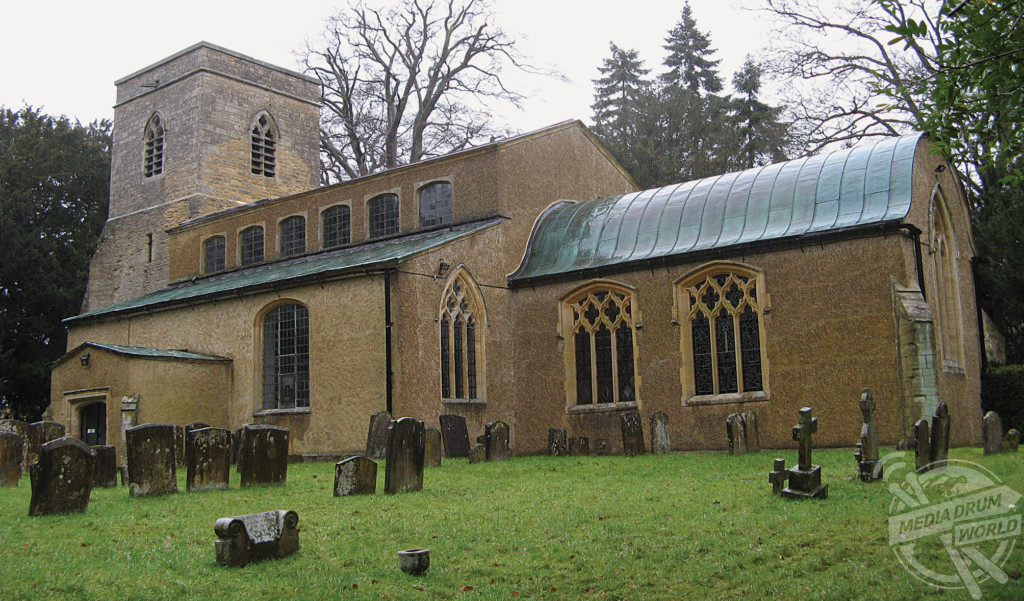
By Liana Jacob
MYSTERIOUS snapshots of Britain’s abandoned settlements have been revealed in a new book that includes a lost leprosy chapel and the Thames’ once-bustling port which is currently undergoing a £3.5billion facelift.
Historical photographs show central Silvertown, a district in the Port of London, soon after World War II and the empty street in Glenbuck, in East Ayrshire, Scotland.

Other pictures illustrate the calm waters of Hampton-on-Sea in 1910, where parts of the shattered sea wall were still visible.
Further images reveal Gough Street in Temperance Town, just before it was demolished in 1937, while another landscape shows the ruins of the chapel of the hospital for people with leprosy at Dunwich.

The fascinating photos are included in a book titled Abandoned Villages, written by a former clinical psychologist and an avid fan of abandoned locations, Stephen Fisk. The book is published by Amberley Publishing.
“Where the process was gradual there may have been a dominant cause. Perhaps the conditions for farming deteriorated, or people living close to the sea may have suffered sand being blown on to their fields and then entering their homes,” Stephen said.

“In cases where everyone leaves a village at the same time, it has usually happened as a result of an external decision.
“A powerful landowner may have decided to redesign his estate with plans that required the removal of the village, or perhaps during wartime the village was closed so that the area around it could be used for military training.”

The whole of Silvertown was extensively damaged during WW2 by bombing, but the central part of it suffered the worst damage.
“When the painter Graham Sutherland visited Silvertown in 1941, he saw ‘the shells of long terraces of houses, surprisingly wide perspectives of destruction seeming to recede into infinity. The windowless blocks were like sightless eyes’,” Stephen said.

“Most of the women and children had been evacuated early in the war, but men who worked locally often remained.
“The house of Arthur Davies at 13 Arthur Street took a direct hit and was completely destroyed, but fortunately Arthur himself was visiting his parents further down the road when the bomb struck.

“From the electoral registers for 1939 and 1945 we know that the number of voters in Central Silvertown fell from 1,155 to sixty-four.”
Abandoned Villages is published by Amberley Publishing and is available here: https://www.amberley-books.com/abandoned-villages.html






